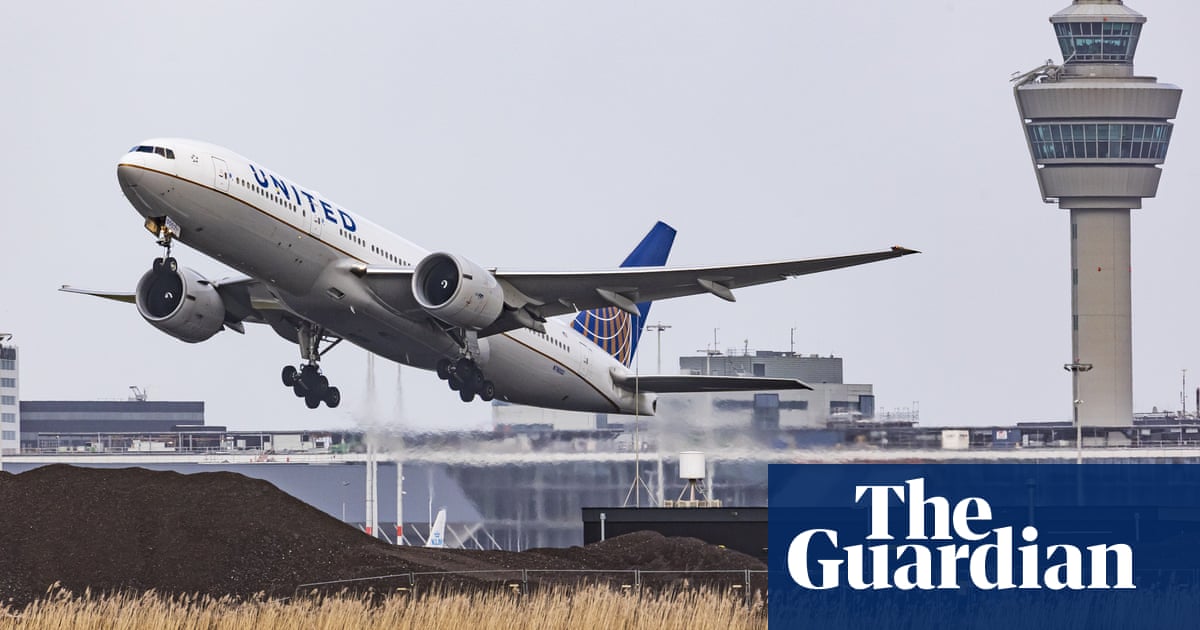As the public hearings for London Gatwick airport’s northern runway resume, researchers from the Netherlands have found greater inhaler use in children living near Amsterdam’s Schiphol airport.
Stand close to a large airport and, if the wind is in the wrong direction, each cubic centimetre of air that you breathe will contain tens of thousands of ultrafine particles (UFP).
Air pollution measurement equipment was installed in three primary schools, each about a kilometre from the airport fence. The researchers took weekly measurements of the lung function of 161 children at the schools and 19 asthmatic children living near the airport. With schools to the north and south of the airport, the children experienced airport UFP at different times.
The children were also taught how to take their own lung measurements at home in the mornings and evening. It was these records that revealed the most significant finding from the study.
Prof Gerard Hoek of Utrecht University, who led the study, said: “On days with high aviation-related UFP, children experienced substantially more respiratory symptoms and used more symptom-relieving medication.” These symptoms included coughing, wheeziness and phlegm. Wind direction alone was not a good predictor of exposure to airport UFP so it is unlikely that parents or children will have known their day-to-day exposure. UFP and soot from traffic was also associated with symptoms and changes in morning lung tests.
In 2021, the Dutch Health Council and the World Health Organization (WHO) highlighted the growing evidence that UFP are damaging our health. This included 75 studies, but technical differences between the studies meant that the WHO could not set a standard at that time.
In 2020, a study of four European capitals found aviation UFP in the city centres that came from airports on the outskirts. In the UK, UFP from Heathrow can be measured in central London nearly 20km away and all across the west of the city. UFP has also been measured under the flight paths of airports in the US, including Boston’s Logan international airport, but these measurements do not capture what it feels like to live close to an airport.
During 2018 and 2019, I led a team of researchers that measured UFP around Gatwick including in Horley, a town of 23,000 people next to the airport. We found that UFP 500 metres downwind of the airport was greater than that at the kerb of London’s busiest roads.
Victoria Chester, a Green party local councillor, described living close to Gatwick: “I live very close to where airport expansion will most heavily impact Horley. Living near the airport you become used to the noise and smell but on some days it’s so bad you can taste the pollution in the air and when the wind blows in your direction it really stinks.”
after newsletter promotion
A Gatwick spokesperson said: “The health impact assessment within the northern runway project environmental statement includes an appropriate assessment of UFP. London Gatwick is committed to participating in national aviation industry body studies of UFP emissions at airports, including those reviewing how monitoring could be undertaken. We have put forward a voluntary contribution to fund work should the government introduce standards.”



